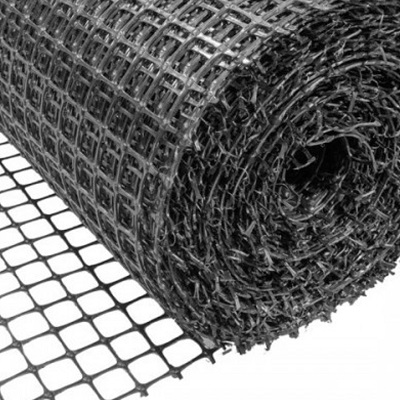Geogrid
Geogrid is a family of geosynthetics that are made of polyester and polyethylene or a combination of these materials in different thicknesses and dimensions and in the form of lattice sheets. Geogrids have high tensile strength and soil locking and are therefore used as reinforcements
Important points about geogrids
Geogrids usually make up about 70% of the height of high walls-
Geogrid is usually placed along the entire width of the embankment-
Implementation and use of geogrids in earthquake-prone areas have rules and- the distance between them must be considered. For example, in non-seismic areas, the distance of geogrids is longer
-The distance between geogrids varies according to the slope and can be effective in creating slope stability
–Geogrids can be used in different climatic conditions and are resistant to temperatures between minus 50 to 10,000 degrees Celsius
Use of geogrids in pipe substructure
Geogrids are also used for pipe substructure. The advantages of doing this include creating a durable substrate without settling under the pipe and controlling and draining surface water
Use of geogrids in concreting
Geogrids are also used in concrete. Applications of geogrids in concreting include creating tensile strength of concrete, corrosion resistance and stress absorption and distribution





